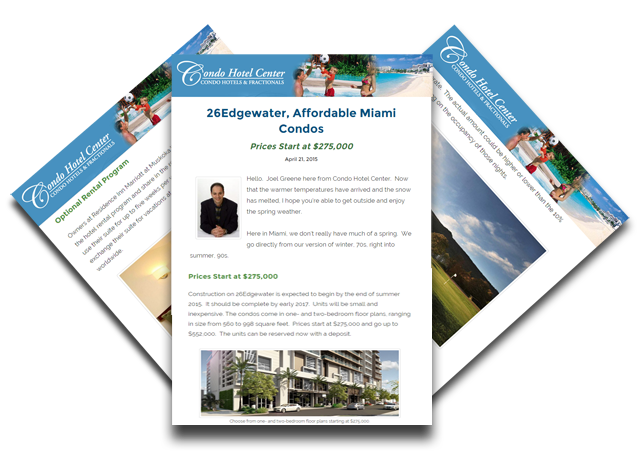Fractionals Gain Momentum
The last couple of years have liberated the timeshare segment from its unassuming status, as it outperformed almost every other sector during the worst downturn in the history of hospitality. Now fractional ownership of vacation homes is emerging as an attractive investment for both consumers and developers.
Recent research by Ragatz Associates, the research division of RCI and a subsidiary of Cendant, has shown that fractionals have gained momentum in the past five years, and shows no signs of slowing down.
“Before the economy declined and September 11, [fractional ownership] was the fastest growing business in the segment,” said Sarah Rezak, Research Manager for Ragatz Associates. “We predict that [fractional ownership] will continue to grow as the economy turns around.”
Currently, the high-end fractionals are performing the best in terms of sales, according to Ragatz. This is probably because one of the defining characteristics of fractional interest owners is their high income. Most owners of luxury fractionals are in a tax bracket of at least $250,000 or have a net worth of $2.5 million or more, while annual household income in the moderately priced segment is around $108,000.
The typical fractional ownership home is positioned in ski resort destinations, followed by beach locations, and then golf and urban locations. Packages usually range from two to 13 weeks per year, with four or five weeks of annual use being the most widely offered package to date.
“Consumers have the opportunity to own a piece of something without having to pay for the entire thing,” said Rezak. “Also, most packages come with resort extras – there is an exclusivity associated with it.”
At the upper end of the segment, private residence clubs provide owners with the benefits and amenities normally associated with five-star hotels combined with the space and accommodations of a luxury home.
On the development side, fractional interest sales totaled about $373 million worldwide during 2002, including $15 million in the traiditonal fraction segment, $294 million in the high-end segment and $64 million in private residence clubs. The high-end fractional and private residence club segments show combines sales volume up an average of more than 30% per year, since 1999.
Developers find fractionals as attractive as consumers due to a wide profit margin – typically between 15% and 20%. The prospect of something new in the high-end timeshare segment also excites some developers, according to Rezak.
Traditional fractionals interest average about $70,000 or $7,000 per week of annual use. Meanwhile, high-end fractionals average about $173,400 per interest, or $24,800 per week and private residence clubs interests average $230,300, or $46,000 per week, according to Ragatz.
“Many developers find fractional interests an attractive niche product, for sites unsuitable for more conventional home development, to serve markets not otherwise addressed in their area, or because it better meets their financing and marketing capabilities than vacation home options,” said Richard Ragatz, President of Ragatz Associates.
Fractional ownership clubs were first seen in 1995, and as of April 2003 there were more than 138 fractional interest resorts, with an additional 31 in various stages of planning. There are 3,745 units in North American and the Caribbean, with about 43% of these in traditional fractional interest resorts and 57% in high-end fractional resorts or private residence clubs.
“Fractionals still haven’t reached their full stride,” said David Jimenez, spokesperson for RCI. “It is still a very attractive market to developers, giving them the ability to open a more upscale product, and it’s still attractive to consumers because of the low costs.”
 (954) 450-1929
(954) 450-1929 
